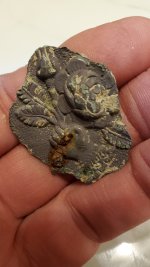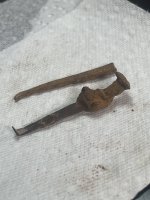Rail Dawg
Sr. Member
- Oct 11, 2015
- 491
- 890
- Detector(s) used
-
MineLab GPZ 7000
Garrett ATX Pro
- Primary Interest:
- Prospecting
Out at Rye Patch we have found a good area to do some bigger mining on our claims.
Before filing a Notice of Intent with the BLM any words of wisdom?
Looking at backhoe and bulldozer work.
Thanks!
Before filing a Notice of Intent with the BLM any words of wisdom?
Looking at backhoe and bulldozer work.
Thanks!
Amazon Forum Fav 👍
Upvote
0





